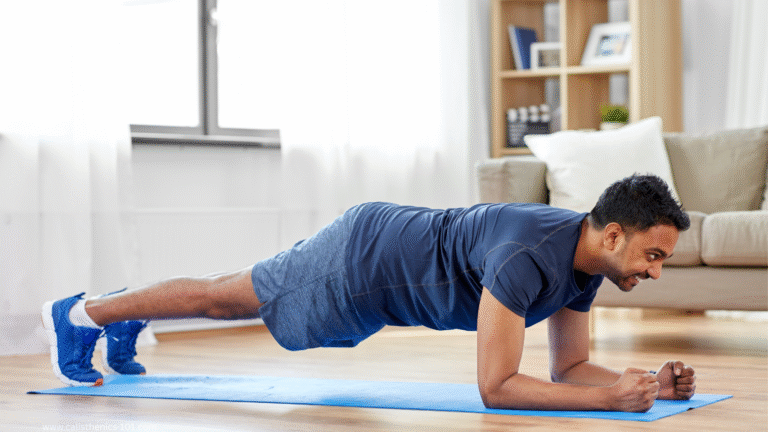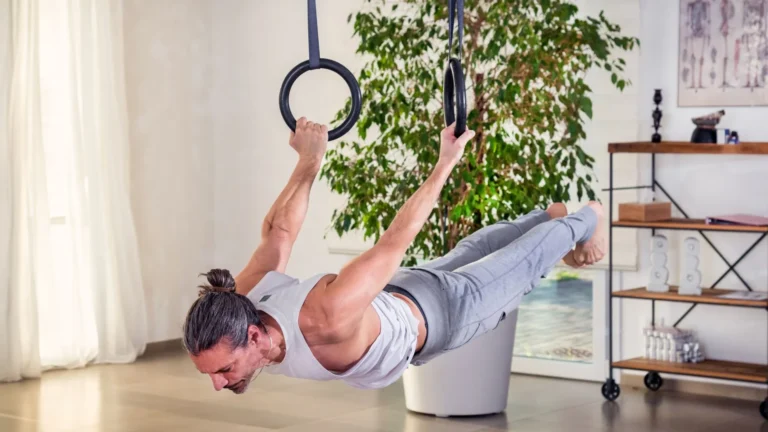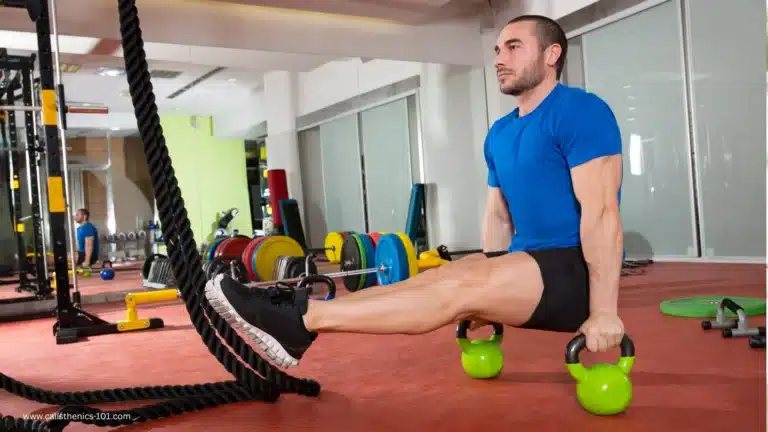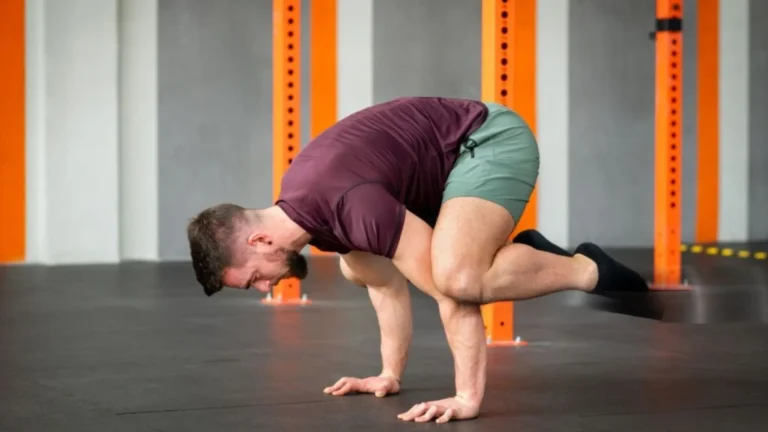Jumping Lunges: 5 Explosive Moves for Insane Leg Power
If you’re looking to level up your lower body workouts, jumping-lunges might be the secret weapon you need. This explosive move blends strength, stability, and cardio in one dynamic motion. Whether you’re training for athletic performance or simply want toned, powerful legs, mastering jumping lunges can take your fitness to the next level.
Let’s dive into everything you need to know about jumping lunges: how they work, why they’re effective, and how to safely include them in your routine.
What Are Jumping-Lunges and Why You Should Do Them
Jumping-lunges are a plyometric version of the traditional lunge. Instead of stepping forward or backward in a slow, controlled motion, you explode upward and switch legs in mid-air. This challenges your balance and engages your entire lower body in a powerful, high-intensity movement.
Muscles Worked:
- Glutes
- Quadriceps
- Hamstrings
- Calves
- Core (for balance and control)
Jumping-lunges improve muscular endurance, develop explosive strength, and enhance coordination. Unlike regular lunges, they also increase your heart rate, offering a cardiovascular benefit.
Benefits of Jumping Lunges for Strength and Stability
Explosive Lower Body Power
Jumping lunges train your fast-twitch muscle fibers, which are responsible for speed and power. This translates to better performance in sports, sprinting, and jumping activities.
Better Balance and Coordination
Because you’re constantly switching legs in the air, your body learns to stabilize quickly and efficiently. This recruits smaller stabilizing muscles around your knees, hips, and ankles, improving overall balance.
Enhanced Core Activation
Your core plays a key role in maintaining form during jumping-lunges. Each rep requires you to engage your abs and lower back to stay upright, giving you a hidden core workout.
High-Calorie Burn and Fat Loss
As a plyometric move, jumping-lunges elevate your heart rate fast. This turns the move into a powerful fat-burning tool, especially when performed in circuits or high-intensity interval training (HIIT).
Key Benefits Summary:
- Builds explosive strength
- Boosts cardiovascular endurance
- Improves posture and coordination
- Tones and defines leg muscles
- Strengthens core and stabilizers
How to Do Jumping-Lunges with Perfect Form
Step-by-Step Instructions
| Step | Action |
|---|---|
| 1 | Start in a lunge with your right foot forward and left foot back. |
| 2 | Lower into a 90-degree angle with both knees. |
| 3 | Jump explosively, switching your legs mid-air. |
| 4 | Land softly with your left foot forward, right foot back. |
| 5 | Immediately go into the next rep. |
Common Form Mistakes to Avoid
- Leaning too far forward
- Letting your knees collapse inward
- Not engaging your core
- Landing too hard, increasing joint strain
Pro Tips for Better Results
- Keep your chest up and shoulders relaxed
- Land softly to protect your joints
- Use your arms to help drive momentum
- Practice regular lunges first if you’re a beginner
Jumping-lunges are high-impact, so form matters more than speed. Start slow, master your technique, then increase intensity.
Modifications and Progressions for Every Fitness Level
Beginner-Friendly Alternatives
If jumping-lunges feel too advanced right now, try these options:
- Static lunges: Focus on depth and form
- Reverse lunges: Easier on the knees
- Low-impact jump switch: Step through the motion rather than jumping
Advanced Variations to Try
Looking to push further? Add intensity with:
- Weighted jumping-lunges (dumbbells or weighted vest)
- Jump lunge + tuck jump combo
- Pulse jumping lunges: Add a small bounce at the bottom for burn
How to Add Jumping Lunges to Your Routine
Use jumping lunges as:
- A warm-up activation drill (low reps)
- Part of a HIIT circuit
- Superset in your leg day workout
Example Workout:
- 3 sets of 12 reps per leg (24 total reps)
- OR 30 seconds of continuous jumping lunges, rest 30 seconds, repeat 3 rounds
Jumping Lunges vs Regular Lunges: Key Differences
| Feature | Jumping Lunges | Regular Lunges |
| Impact Level | High (plyometric) | Low to moderate |
| Balance Requirement | High | Moderate |
| Cardiovascular Demand | High | Low |
| Muscle Activation | Dynamic and explosive | Controlled and targeted |
| Calorie Burn | Higher | Lower |
If you’re looking to boost cardio and athleticism, jumping lunges are your go-to. For beginners or rehab-focused workouts, stick with traditional lunges.
FAQ: Everything You Need to Know About Jumping Lunges
Are Jumping Lunges Good for Building Muscle?
Yes. While not the best for pure hypertrophy, jumping lunges build lean muscle, strength, and endurance effectively.
How Many Jumping Lunges Should I Do?
Beginners should start with 2–3 sets of 10–12 reps per leg. More advanced trainees can perform 3–4 rounds of 30–45 seconds.
Can I Do Jumping Lunges Every Day?
No. Since they’re high-impact, limit jumping lunges to 2–3 times a week to allow for muscle recovery and prevent injury.
Do Jumping Lunges Help With Balance?
Absolutely. The dynamic movement forces your body to stabilize quickly, engaging your core and smaller balance muscles.
Are Jumping Lunges Bad for Your Knees?
Not if performed correctly. Land softly, engage your core, and ensure your knee doesn’t extend past your toes. If you have knee issues, consult a professional before trying them.
Final Thoughts: Make Jumping Lunges a Staple in Your Fitness Routine
Jumping lunges offer a powerful combination of strength, balance, agility, and cardiovascular endurance. They challenge your body in unique ways, making them one of the most effective lower-body exercises you can do with zero equipment.
Whether you’re aiming to torch fat, improve athleticism, or simply spice up your leg day, jumping lunges deserve a spot in your workout plan. Start slow, focus on form, and build from there. As you master the move, you’ll feel stronger, more agile, and better balanced with every jump.
Ready to put this into practice? Add jumping lunges to your next workout, or check out our [Beginner’s Plyometric Workout Guide] to explore more explosive moves that build strength and balance fast.







